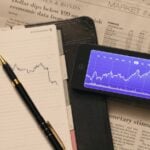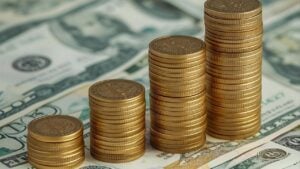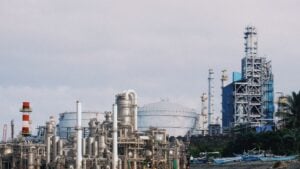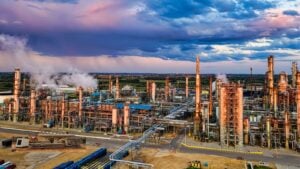The U.S. unemployment rate ticked up to 4.3% in August, yet the major indexes remain broadly higher for the year and tech leadership is as dominant as ever.
That combination has revived the old question of whether today’s market looks too much like the late 1990s. The answer depends on where you look, but echoes are getting louder.
The August jobs report showed modest hiring and a higher jobless rate, with little change in labor force participation.
The Bureau of Labor Statistics said unemployment “changed little” at 4.3%, while payroll gains were a subdued 22,000.
The September Employment Situation report has been delayed by the federal shutdown, so investors are flying with older data for now.
Still, risk appetite came roaring back after brief pullbacks, and the Nasdaq has repeatedly flirted with records in recent weeks, including when the Nasdaq hits new all-time high.
For traders who rely on seasonality, September’s reputation as a rough patch remains intact, a point we explored in why September always destroy the stock market.
The S&P 500’s forward 12-month price-to-earnings ratio sits around 22.8, above its five- and ten-year averages. Elevated multiples are easier to defend when profits are expanding quickly.
That is investors’ central thesis for the artificial intelligence build-out: heavy data-center, chip, and software spending today will translate into outsized earnings later. Yet the market has priced a lot of that optimistic path already.
A small cluster of mega caps continues to do the heavy lifting, while the equal-weight S&P 500 has lagged its cap-weighted counterpart this year. Independent research shows the top of the index has rarely been this dominant.
The CFA Institute recently flagged that the top ten names account for roughly the mid-30s percent of the S&P 500’s weight, the highest concentration in more than half a century. That pattern is not identical to 1999, but it rhymes.
Back then, lofty multiples rested on business models that often had little revenue. Today’s leaders are profitable giants with fortress balance sheets.
Even so, history suggests extreme concentration can raise drawdown risk if sentiment turns or if a few earnings reports disappoint.
What looks most like 1999
The August labor figures show the job market losing some momentum. Average hourly earnings growth eased on a year-over-year basis and the share of long-term unemployed remains elevated from a year ago, while participation is trending lower.
Those are not recession signals on their own, but they do point to slower demand for labor at the margin.
In a softer growth backdrop, expanding multiples demand near-flawless execution from the biggest stocks.
A handful of AI-exposed companies have powered the lion’s share of index gains this year, reflecting investor conviction that the next leg of productivity will be harvested by chip designers, cloud infrastructure owners, and platform software vendors.
That conviction may be right, it also makes broader portfolios behave more like a tech-tilted bet, which can amplify volatility around macro headlines and earnings days.
Our recent coverage on whether we should be afraid or excited about AI taking over jobs and the economy explored both sides of that tension.
The TSX has hovered near records thanks to energy, miners, and a handful of heavyweight technology names, but breadth has been uneven and rate sensitivity remains a swing factor.
Earlier this fall, the TSX stalls near a record captured that push-pull as traders waited on U.S. inflation and Fed signals.
The late 1990s were marked by unprofitable companies flooding the market and a capital expenditure boom that outran real demand.
Today’s cycle is grounded in tangible earnings, outsized cash flows, and balance sheets that can self-fund. But markets are discounting mechanisms.
When valuations stretch and leadership narrows while the jobless rate edges higher, the room for error shrinks. If jobs data resume firming and earnings follow through, the rally can broaden and extend.
If not, 1999 may look less like a cautionary metaphor and more like a playbook.
The next few months of employment prints and mega-cap earnings will tell us whether today’s exuberance is durable or only familiar.


















